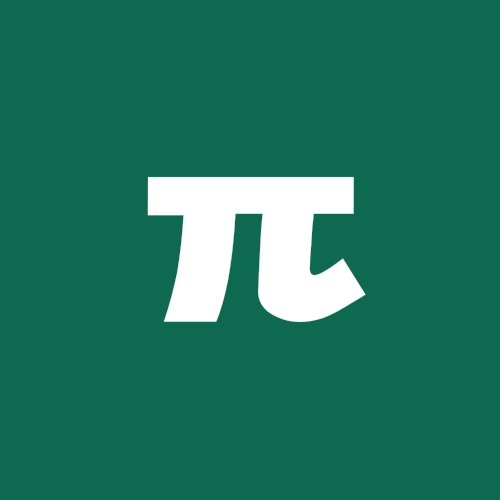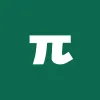One of the most frequently encountered limits pertains to the square root function, which can be elegantly demonstrated through rationalization of the denominator, a technique that effectively eliminates indeterminate forms. We shall rigorously prove that:
\[ \lim_{x \to 0} \frac{\sqrt{1 + x} - 1}{x} = \frac{1}{2} \]
Rationalization of the Numerator
The numerator \( \sqrt{1 + x} - 1 \) contains a radical expression, which we shall eliminate by multiplying both numerator and denominator by the conjugate \( \sqrt{1 + x} + 1 \):
\[ \frac{\sqrt{1 + x} - 1}{x} \cdot \frac{\sqrt{1 + x} + 1}{\sqrt{1 + x} + 1}. \]
Expanding the numerator through the difference of squares identity:
\[ (\sqrt{1 + x} - 1)(\sqrt{1 + x} + 1) = (1 + x) - 1 = x. \]
The denominator thereby becomes:
\[ x (\sqrt{1 + x} + 1). \]
Simplifying the expression:
\[ \frac{x}{x (\sqrt{1 + x} + 1)} = \frac{1}{\sqrt{1 + x} + 1}. \]
Evaluating the limit:
\[ \lim_{x \to 0} \frac{1}{\sqrt{1 + x} + 1} = \frac{1}{1+1} = \frac{1}{2}. \]
Confirmation via Differentiation
An alternative approach leverages the fundamental definition of the derivative. We observe that the proposed limit exhibits the form of the difference quotient that defines the derivative:
\[ \lim_{x \to 0} \frac{f(0+x) - f(0)}{x} \]
Where \( f(x) = \sqrt{1 + x} \) and \( f(0) = 1 \).
Let us recall that the formal definition of the derivative of a function \( f(x) \) at point \( x_0 \) is given by:
\[ f'(x_0) = \lim_{h \to 0} \frac{f(x_0 + h) - f(x_0)}{h} \]
In our specific case, the original limit corresponds precisely to the derivative of \( f(x) = \sqrt{1 + x} \) evaluated at \( x = 0 \).
Computing this derivative:
\[ f'(x) = \frac{1}{2\sqrt{1 + x}}. \]
Evaluating at \( x = 0 \):
\[ f'(0) = \frac{1}{2\sqrt{1}} = \frac{1}{2}. \]
Therefore:
\[ \lim_{x \to 0} \frac{\sqrt{1 + x} - 1}{x} = f'(0) = \frac{1}{2}. \]
We have thus formally established the limit through the method of rationalization and have subsequently verified the result by recognizing that the limit represents precisely the derivative of the function \( f(x) = \sqrt{1 + x} \) at the point \( x = 0 \), thereby ensuring an impeccable and rigorous demonstration.

